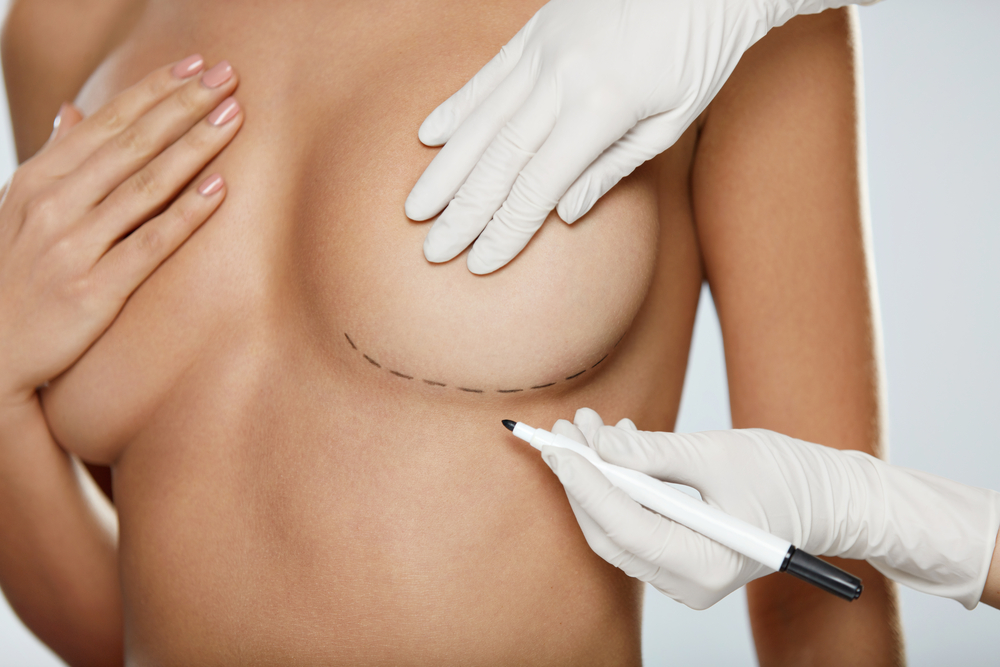It can be common for women to undergo a breast implants revision after having breast surgery. This is because over time, you may experience changes from your original breast augmentation such as loss of elasticity, weight changes and development of genetic conditions. Breast dropping can also occur when you go through breast feeding or excessive weight loss after your breast augmentation.
One question that is regularly raised in breast procedure consultations is the prospect of implant ruptures. Whilst these are rare, it is something that can still happen. This is why it’s important you’re aware of the common silicone implant rupture signs and when it’s important to get in touch with your surgeon. Here are 4 silicone implant rupture signs that you need to know about to ensure your safety.
1. Breast size changes
One of the first silicone implant signs that you need to be aware of is your breast size changing in shape. When a saline breast implant deflates, you’ll know this immediately as the breast will deflate almost instantly when you experience a rupture and the change to the breast will be noticeable.
A silicone implant, however, is a little harder to identify. This is because the silicone gel that’s used for your breast implant is much thicker. Whilst shape changes in the breast occur, some women tend to notice nothing at all. This is why ruptures in silicone implants are known as “silent ruptures”. A rupture from a silicone implant can cause inflammation, developing extra scar tissue around the implant and causing it to feel firmer in the future.
As it can be relatively difficult to identify whether a silicone implant rupture has occurred from an in-person examination, it’s recommended that you undergo an MRI scan to ensure that a rupture hasn’t occurred.
2. Potential pain or tenderness
Another sign that you have a rupture in your implant is the potential feeling of pain or discomfort. This can occur with any type of implant but being less noticeable with a silicone implant. However, if changes do occur in the breast shape you could begin to develop some form of discomfort as the implant could lose a little shape.
3. Noticeable lumps or ripples
Changes in a silicone implant aren’t as noticeable compared to a saline implant. However, lumps and ripples are still one of the silicone implant rupture signs to be aware of. It’s likely this will occur a long while after the rupture has occurred and they’re likely to be present either on the breast itself or around the armpit area.
Have you noticed one of these silicone implant rupture signs?
Silicone implant ruptures are rare and you can be assured that we’ll provide you with the best possible care to ensure your surgery goes well and risk of this is minimised. However, in the rare occasion you notice one of these silicone implant rupture signs, it’s important to contact us today so we can examine the implant and potentially consider a breast implant revision for you.
To find out more details, contact us today and we can go through the best options available to you.
